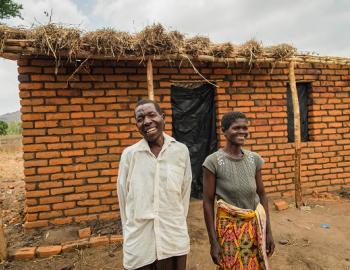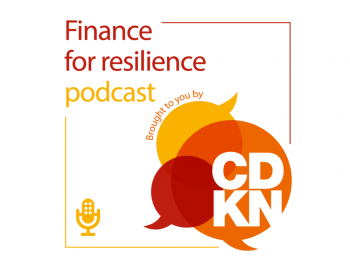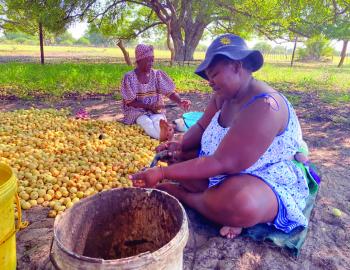The 2016/2017 drought in Kenya
The 2016/2017 drought in Kenya
This policy brief, presented as part of the Raising Risk Awareness initiative, concludes that, from the climate science perspective, results show the 2016-17 drought is less severe than the 2010-11 drought in Lamu, while in Marsabit they are comparable. It provides recommendations for decision-makers to link disaster risk management strategies with climate science.
In Kenya, the frequency and impact of disasters associated with extreme weather and climate events has provided fertile ground for exploring the link between climate and disasters. Many other climate vulnerable countries and regions across the globe have also had a similar experience. In many areas and across many communities, climate change is responsible for exacerbating existing development challenges, such as poverty and marginalisation. Extreme weather events associated with climate variability and change also create the potential for increasing risks facing communities through the destruction of existing assets, infrastructure and capacities that support resilience and adaptation. As such, it is commonly accepted that impacts of climate change negatively affect the resilience of already vulnerable communities in developing countries such as Kenya.
However, climate science can be utilised to save lives and livelihoods. Climate services and information can be utilised by communities, public authorities and disaster risk management institutions for early warning and mitigation strategies.
Therefore, the development of scientific knowledge and capacities to monitor, predict and provide early warning information provides an opportunity for reducing risks and exposure to weather related hazards. The Kenya Metrological Department (KMD) provides hydro-met services that are utilised for weather monitoring, forecasting and climate prediction. Despite this potential, uptake of climate information for early warning in disaster risk management has been hampered by complex methods of presenting climate information, poor public awareness, gaps in understanding between science and policy and resource limitations.
This policy brief concludes that, from the climate science perspective, results show the 2016-17 drought is less severe than the 2010-11 drought in Lamu, while in Marsabit they are comparable. In general, the return time of the event over the regions analysed was low, meaning that this kind of drought is a relatively common event. It is important to note however that the 2016-17 drought is still ongoing. Kenya Meteorological Department is currently forecasting the potential for depressed rains in many of the drought effected areas of Kenya. If the 2017 long rains are ultimately depressed and the drought continues, the findings of this study will need to be updated.
Download the policy brief here: The 2016/2017 drought in Kenya
Image credit: Neil Palmer/CIAT



